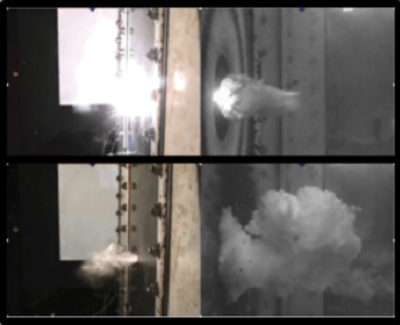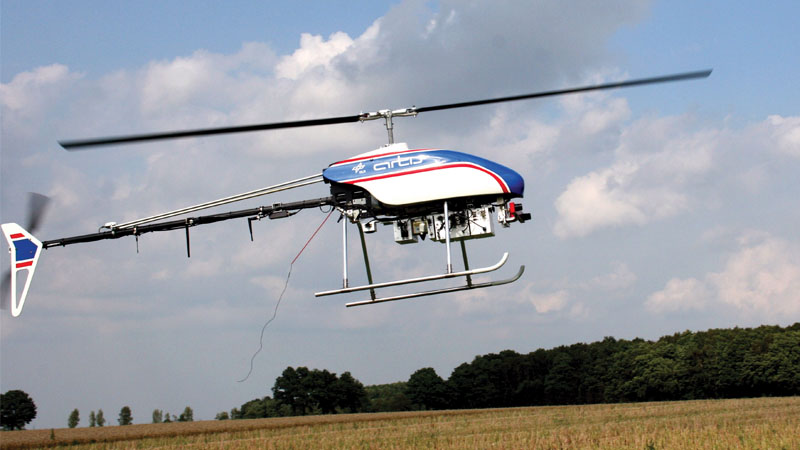Multisensor systems and information fusion enables new capabilities in multiple domains, from U.S. Space Force to urban air mobility
By Ali Raz, Nicholas j. Napoli and Erik Blasch|December 2022
The Sensor Systems and Information Fusion Technical Committee advances technology for sensing phenomena, fusion of data across sensors or networks, and autonomous collaboration between information systems.
Sensor systems and information fusion are enabling technology in complex missions — whether it is the military’s ambition to achieve next-generation air dominance, a need to improve public quality of life by monitoring air pollution or enabling safe and sustainable transportation. This year saw an ever-expanding use of sensor systems and information fusion technologies, including in applications for the U.S. Space Force, fighting California forest fires and enabling new urban area transportation concepts.
The U.S. Space Development Agency has recognized data fusion as one of the major challenges for deploying some 500 satellites that are to become a part of SDA’s National Defense Space Architecture. In February, SDA announced initial demonstration of an onboard automated data fusion capability. The ability to fuse data onboard a satellite reduces the information flow delays and is instrumental in maintaining near real-time target information.
In parallel developments, in April, the Cross-Mission Data Branch of the U.S. Space Force’s Space System Commands tested the Unified Data Library for space sensors. UDL demonstrated the first direct sensor connection to the Department of Defense’s Space Surveillance Network, proving an ability to consolidate and integrate different modalities of space sensor data. Both of these efforts, which build on and advance sensor systems and information fusion technologies, are key to SDA’s plans to develop a satellite network to gather and fuse data from a myriad of sensors and provide operators with up-to-date threat tracking and targeting information.
Recognizing the criticality of sensor systems and information fusion, Secretary of the U.S. Air Force Frank Kendall in March identified what he called “seven operational imperatives” for the Air Force, three of which directly build on sensor technologies: optimizing Joint-All Domain Command and Control, defining a next-generation air dominance system-of-systems and achieving moving target engagement.
In the public and civilian sectors, FAA announced in March that field tests would be initiated for the Unmanned Aircraft System Traffic Management Concept of Operations v3.0, which includes crewed and uncrewed vehicle coordination, data protection and volume-based and trajectory-based deconfliction. Program developments from FAA and NASA’s UTM Pilot Program, which concluded in 2020, include a flight information management system, an integrated drone identification automated system and the UAS Volume Reservation as part of the UTM architecture. This traffic management scheme relies on effectively obtaining, processing and fusing data from a variety of sensors to plan and manage UAS flights. Sensor systems and information fusion technologies play an instrumental role in enabling beyond-visual-line-of-sight operations.
The California Department of Forestry and Fire Protection used sensor systems and information fusion technologies to develop situational awareness of unsuppressed fire propagation after initial technology developments in 2021. Sensor data feeds, smart maps, computer simulations and other related technologies can help firefighters monitor and forecast fire behaviors.
In other developments, researchers from China demonstrated a unique sensor systems and information fusion capability for providing a long-term, gap-free, high-resolution air pollutant concentration dataset for large geographic spans. The researchers used machine-learning techniques to address data gaps from a diverse set of sources, including satellites, and used in situ air quality measurements via spatial pattern recognition for high-dimensional gridded image analysis and knowledge transfer in statistical data mining. These efforts that build on sensor systems and information fusion fundamentals show promising potential to study climate change further and impact public health, ecosystem assessment and environmental management.



































